Typography Zine!

I did my zine on blackletter and how it changed and was used throughout history. blackletter has many forms and evolved over time so I decided to have my titles and use of blackletter follow the time period I was talking about as best I could. For my title, I decided to put the title in the typesetter and over top of the boxes of extra letters as this is how it would have been printed when it was first used in print. I decided not to go for too much colour as for a good portion of blackletters history it would have been used purely black and white or with one accent colour. overall I feel I worked hard, spent a long time thinking and researching for this project and came out of it with a project I am very happy with and a lot more knowledge on something I was interested in. I would give myself an 8.5-9/10 as I followed the brief to the best of my abilities and made something I feel is unique.
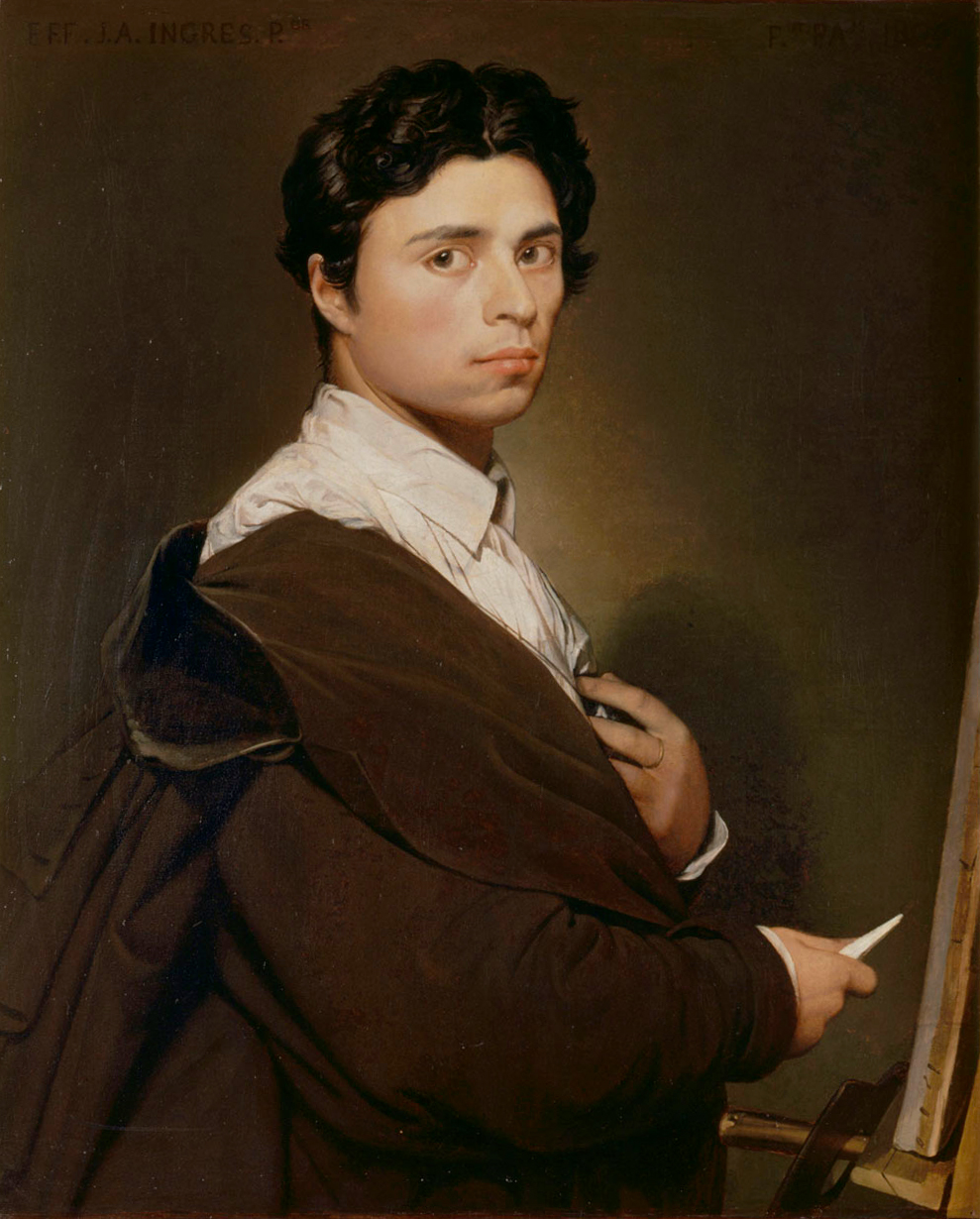
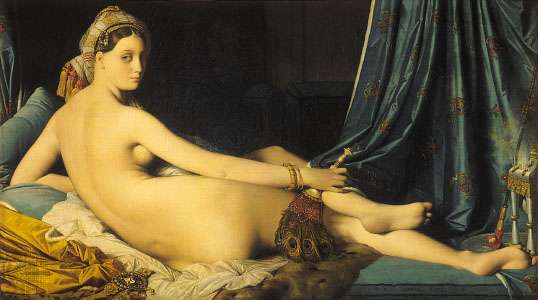


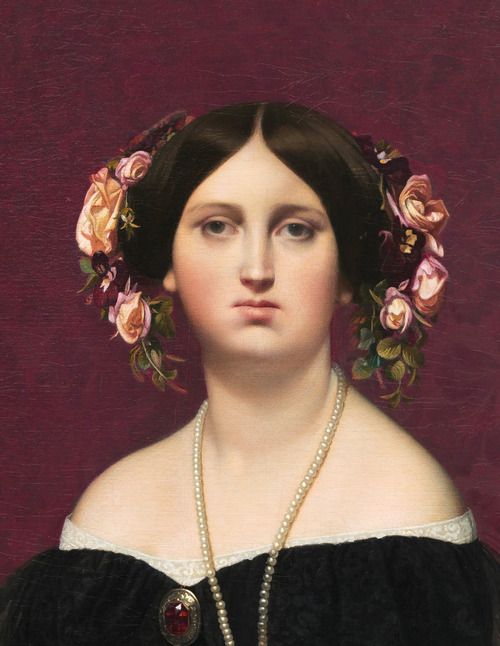



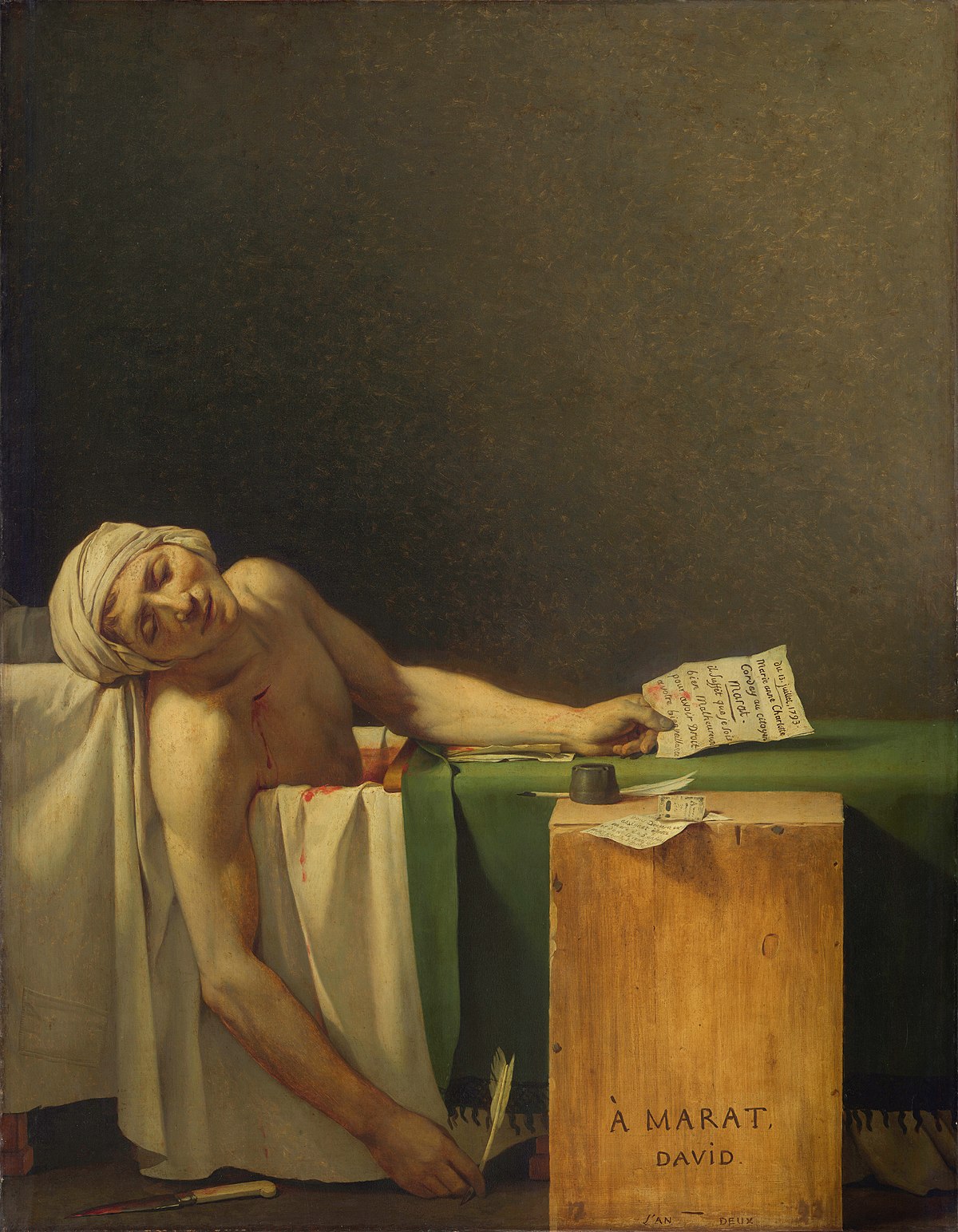





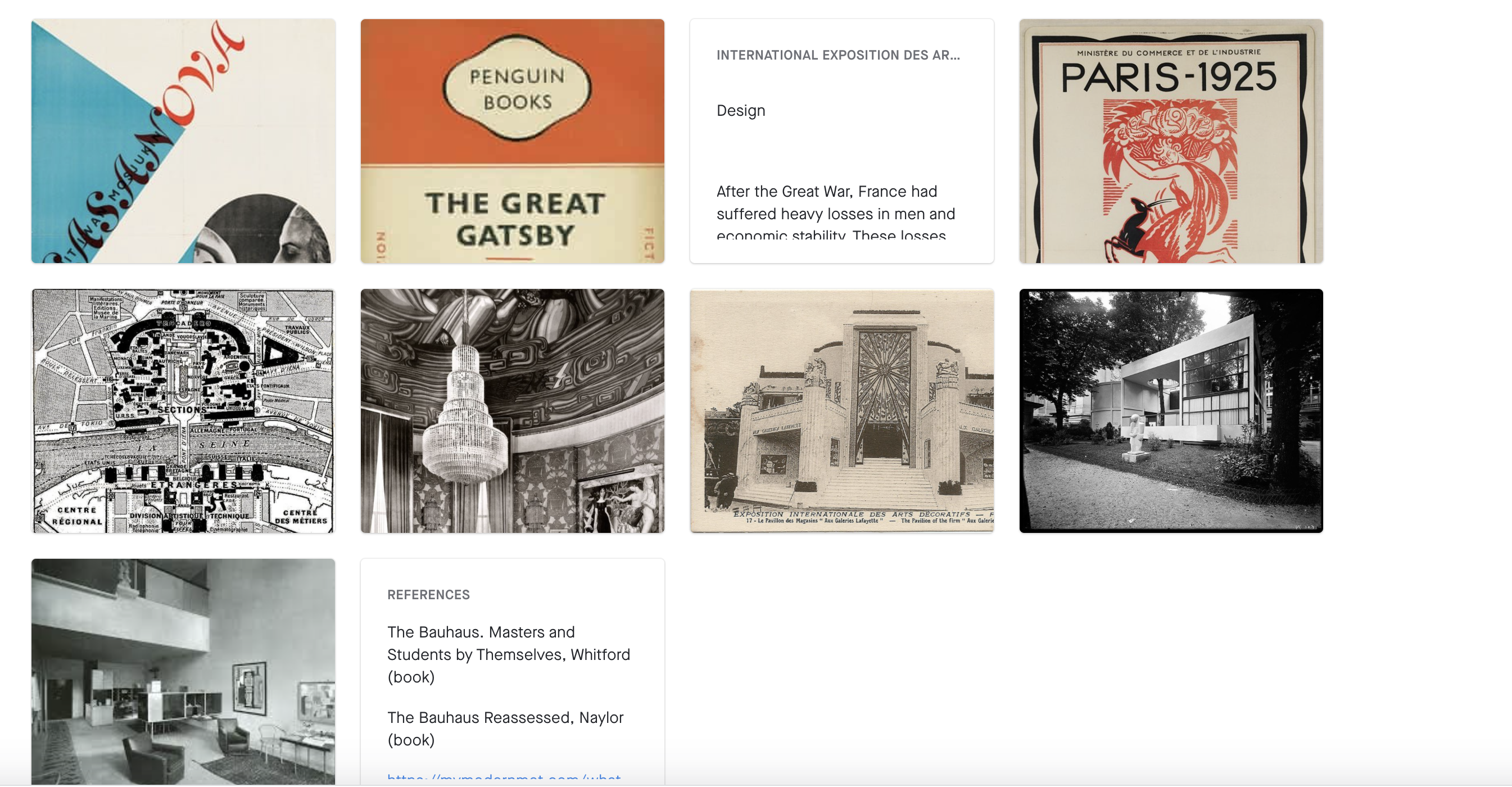
Recent Comments